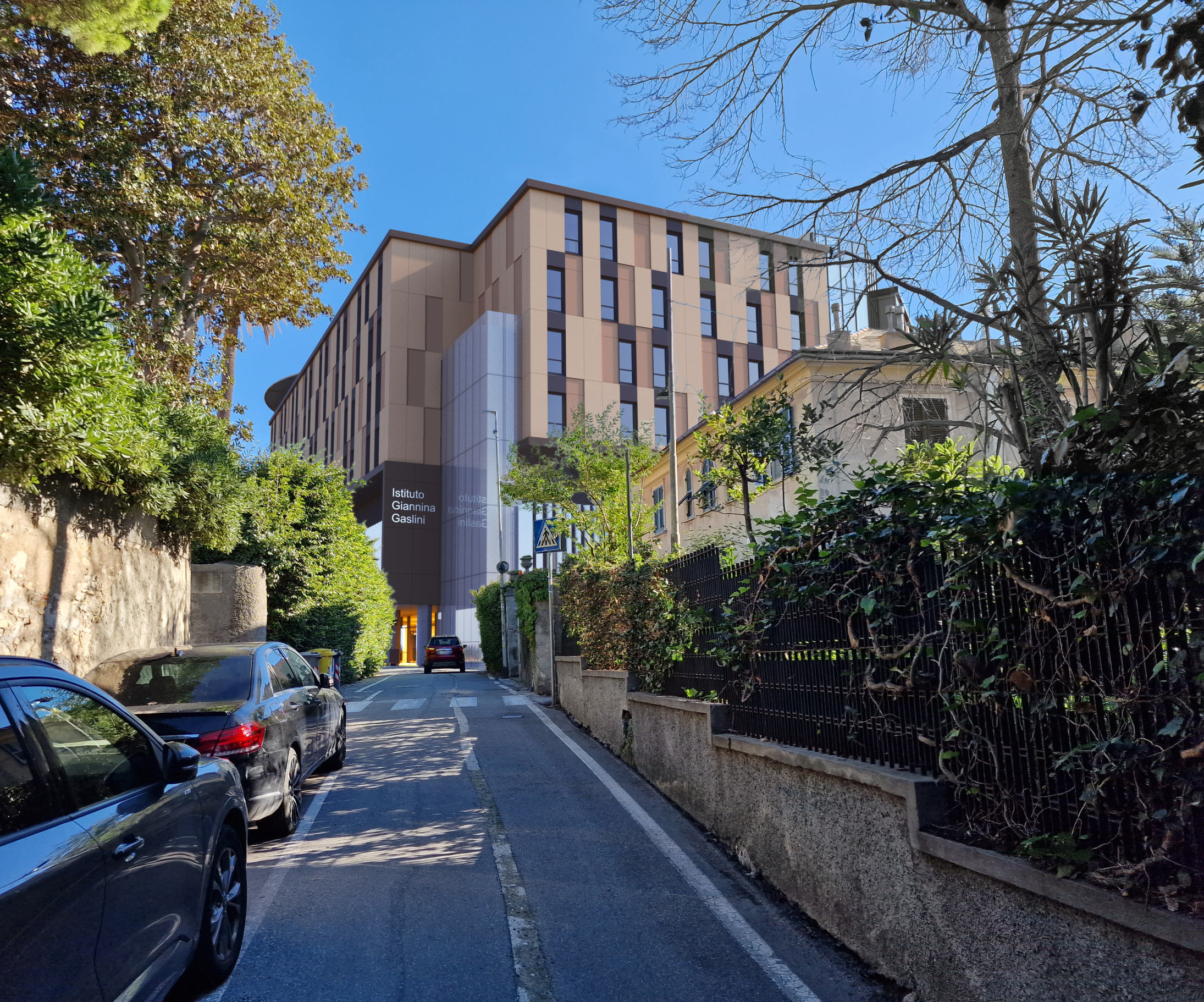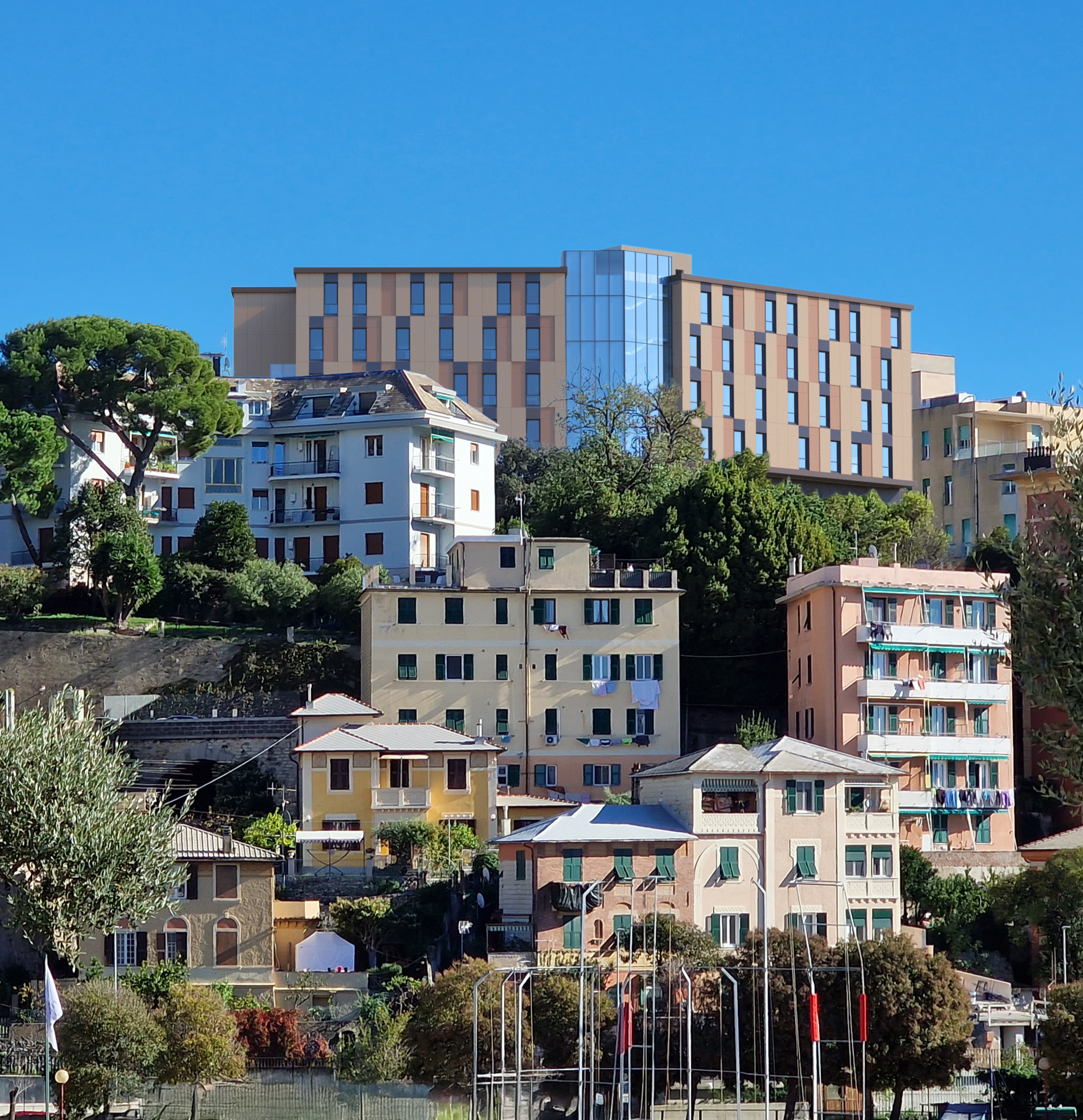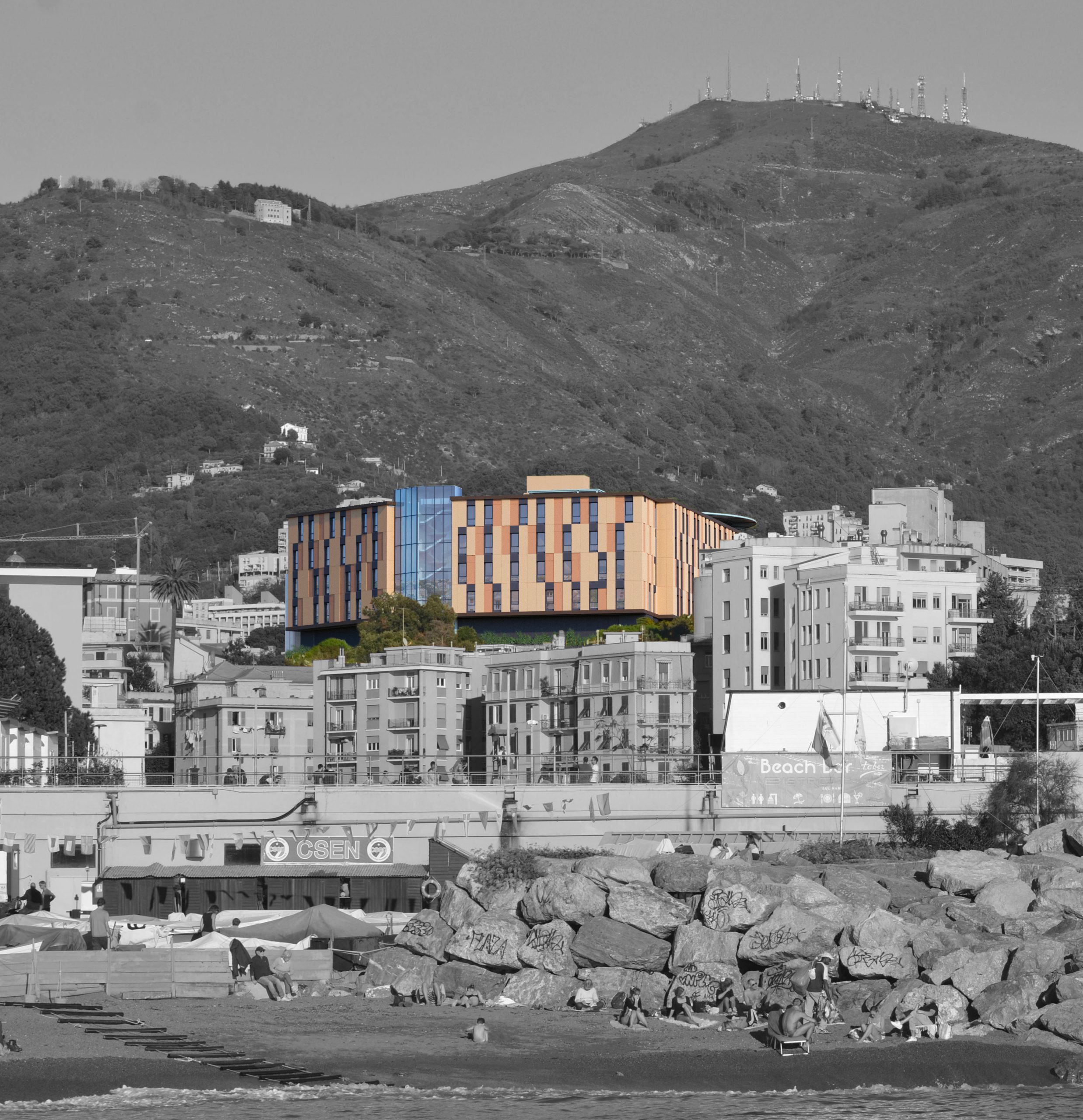The project, financed through a public-private partnership, aims to improve sustainability and energy efficiency by combining high architectural quality with technological innovation.
The approach integrates advanced systems: Hydrogen Ready endothermic motors, multi-purpose heat pumps, solar cooling plug & play, absorption refrigeration units and free cooling systems. Photovoltaic plants and predispositions for hydrogen fuel cells are planned, ensuring energy diversification and resilience to commodity costs. The plant was planned modular island where machines can work in alternating regime and therefore with an equivalent lower use throughout the year.
The building adopts an evolved digital strategy: cloud platforms, machine learning and microgrid management enable optimization of energy consumption and reduction of emissions, while also leveraging integration with BIM and digital twin systems. The design prioritizes resilient and maintainable solutions, such as knitted plug-flow district heating/cooling networks, visible and accessible distributions, centralized emergency lighting, and advanced data management.
The project represents an evolved model of a “smart,” energy self-sufficient, digitized, and secure hospital, in line with European best practices in sustainability and innovation. Particular care was given tooptimizing water and energy consumption, with predictive monitoring systems and load shifting strategies to make the most of trends in energy markets. Internal technology networks have been designed to ensure business continuity even in case of failures, increasing the overall resilience of the infrastructure.
The project represents an evolved model of a “smart,” energy self-sufficient, digitized, and secure hospital, in line with European best practices in sustainability and innovation. Particular care was given tooptimizing water and energy consumption, with predictive monitoring systems and load shifting strategies to make the most of trends in energy markets. Internal technology networks have been designed to ensure business continuity even in case of failures, increasing the overall resilience of the infrastructure.
The central technical plan enables efficient maintenance without interfering with clinical activities and ensures optimized distribution.
Finally, the design of spaces takes into accountnatural lighting, indoor air quality, accurate temperature control, noise abatement, and thermohygrometric well-being in all environments, including critical environments such as operating rooms and intensive wards.
Real-time environmental monitoring systems ensure that parameters such as CO₂, humidity and air quality are maintained in optimal ranges, improving comfort for patients, caregivers and visitors. Ergonomic solutions have been adopted in common spaces, furnishings and inpatient pathways to facilitate patient mobility and recovery, promoting the concept of a “healing environment.”
The combination of strategies guarantees the achievement of LEED GOLD certification, one of the highest international standards for green building. Each solution comes from an integrated project, where technology, environment and well-being meet. Because building the future of pediatric healthcare also means taking care of the planet.


